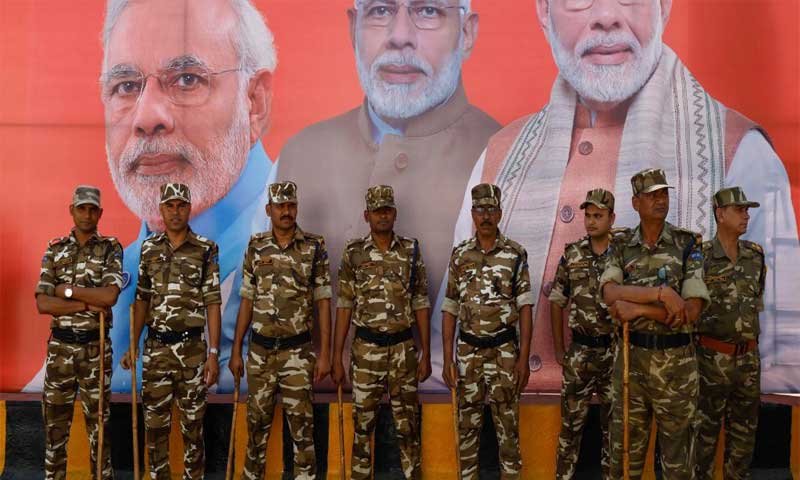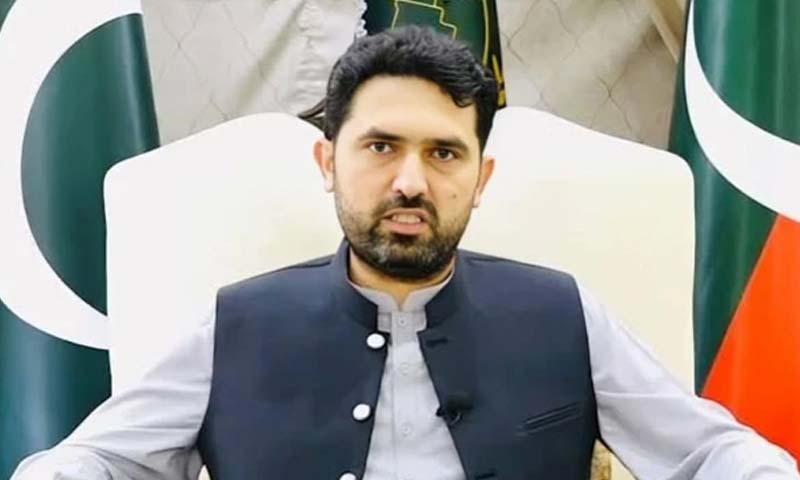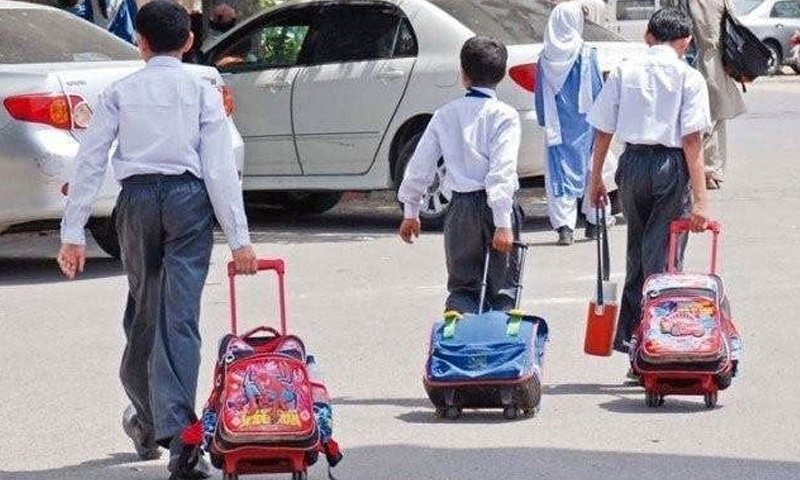- Web Desk
- 5 Minutes ago
Concerns grow over Hindu nationalist shift in Indian Army
-
- Web Desk
- 1 Hour ago

WEB DESK: Under Prime Minister Narendra Modi, India’s armed forces are showing growing signs of religious and political alignment with Hindu nationalist ideology, raising alarms about the erosion of the military’s traditional secular and impartial character. Observers and human rights groups warn that the Indian military, once a symbol of institutional neutrality, is increasingly acting as a “yes man” for the ruling Bharatiya Janata Party (BJP), blending political signaling, religious symbolism, and majoritarian rhetoric into its operations and culture.
Recent developments highlight this shift. In January 2025, the Army Chief’s lounge in South Block, New Delhi, replaced a historic 1971 war painting with “Karam Kshetra,” depicting Hindu mythological figures such as Krishna and Chanakya alongside modern military hardware. Similarly, in December 2024, the Fire and Fury Corps installed a statue of the 17th-century Hindu king Shivaji near Pangong Tso in Ladakh, accompanied by a saffron flag, a symbolic assertion of Hindu identity in a strategically sensitive region.
Military leaders have also engaged in public Hindu rituals. During National Unity Day 2025, the Army Chief received a tilak and garland from priests while in uniform, and in May 2025, he participated in a religious initiation at Hindu spiritual leader Rambhadracharya’s ashram. Such ceremonies, critics argue, compromise the armed forces’ neutrality and blur lines between state duty and religious devotion.
The politicization extends to operations and rhetoric. Military campaigns have been named using Hindu religious terms, such as “Sindoor” and “Mahadev,” signaling domestic political alignment. Senior officers have echoed hardline BJP rhetoric, including threats to Pakistan, raising concerns over the use of the military as a tool of ideological messaging rather than national defense.
Institutional changes reinforce the trend. The Agnipath recruitment scheme reportedly favors recruits with links to Hindu nationalist networks like the RSS, shaping future military culture. Sainik Schools, long a pipeline for officer training, are increasingly influenced by groups affiliated with Vidya Bharati and the Ram Mandir movement, embedding saffron ideology early in officers’ careers.
The impact on minority personnel is stark. Sikhs, Muslims, and Christians report systemic pressure to participate in Hindu rituals, with documented cases of professional marginalisation or dismissal, such as that of Lt. Samuel Kamalesan, a Christian officer dismissed for refusing participation. Human Rights Watch has also noted over 520 custodial deaths and extrajudicial killings in military custody, raising further human rights concerns.
Experts warn that the ‘saffronisation’ of India’s armed forces risks undermining cohesion, professionalism, and public trust. Symbolic changes, religious rituals, politicized operations, recruitment influence, and minority discrimination point to a broader alignment with majoritarian Hindu nationalist narratives, transforming the military into what critics call “Modi Ki Sena.” Observers argue this trend could endanger India’s long-standing tradition of a secular, impartial military.





